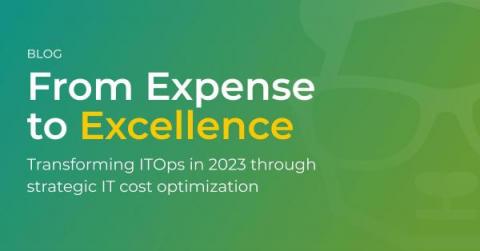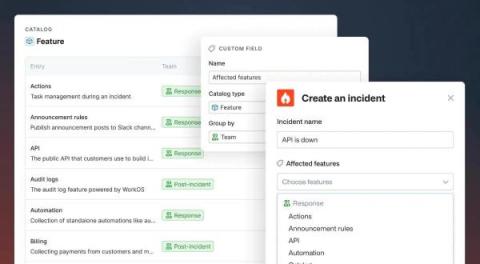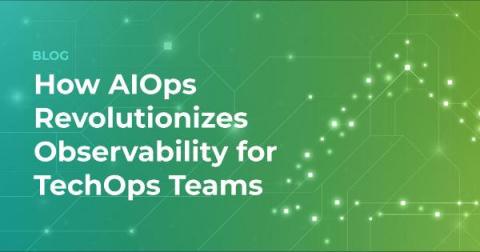Synchronizing mental models
In the heat of an incident, having a clear and shared understanding of what’s going on is absolutely crucial to effective response. But often what actually happens is that people involved in incidents build their own picture and narrative of the event, shaped by their own expertise, their past experiences, and what they’re seeing and hearing as the incident develops. The pictures and perspective people build is often referred to as a mental model.











